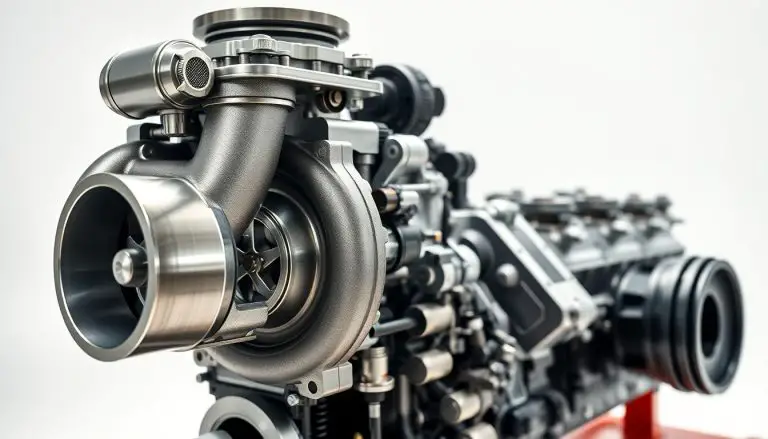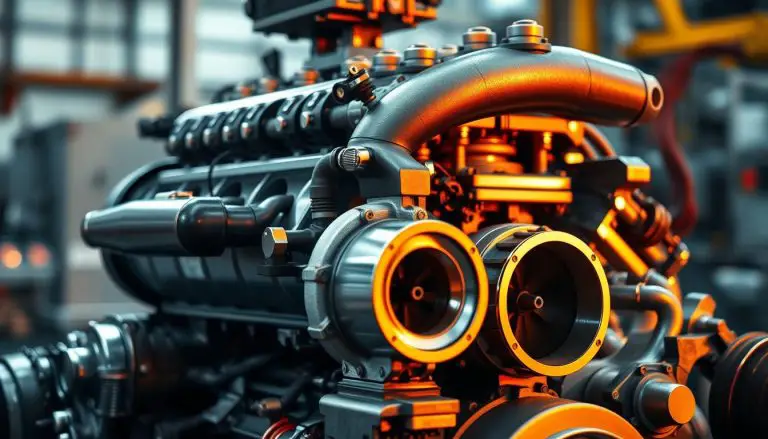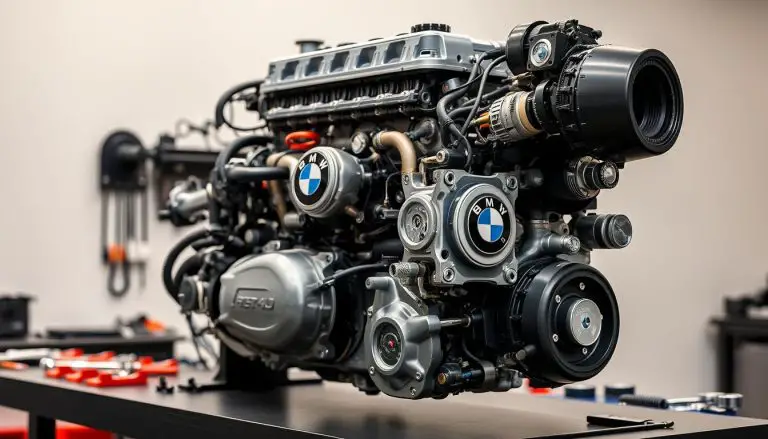Direct Shift Gearbox (DSG) transmissions are renowned for their efficiency and performance. Yet, like any intricate automotive component, they are susceptible to operational issues necessitating immediate diagnosis and repair.
Grasping the prevalent DSG transmission problems is imperative for car owners to preemptively address issues before they intensify. This discourse aims to navigate you through the diagnostic and corrective measures for common DSG transmission maladies, ensuring your vehicle’s optimal functionality and performance.
Key Takeaways
- Common signs of DSG transmission problems
- Steps to diagnose DSG transmission issues
- Repair options for DSG transmission faults
- Importance of regular maintenance
- How to prevent future DSG transmission problems
Understanding DSG Transmissions
For car owners desiring to preserve their vehicle’s performance and longevity, grasping the intricacies of DSG transmissions is paramount. A DSG transmission represents a technological amalgamation, marrying the advantages of manual and automatic transmissions into a singular entity.
What is a DSG Transmission?
The DSG transmission, or Direct Shift Gearbox, embodies an automated manual transmission paradigm, leveraging electronic controls and hydraulic mechanisms to orchestrate gear shifting. This innovation enables swifter and more precise gear transitions than conventional manual transmissions.
How DSG Transmissions Work
Functioning through the employment of two clutches to pre-select the subsequent gear, DSG transmissions facilitate seamless gear transitions. This mechanism culminates in smoother acceleration and enhanced fuel efficiency.
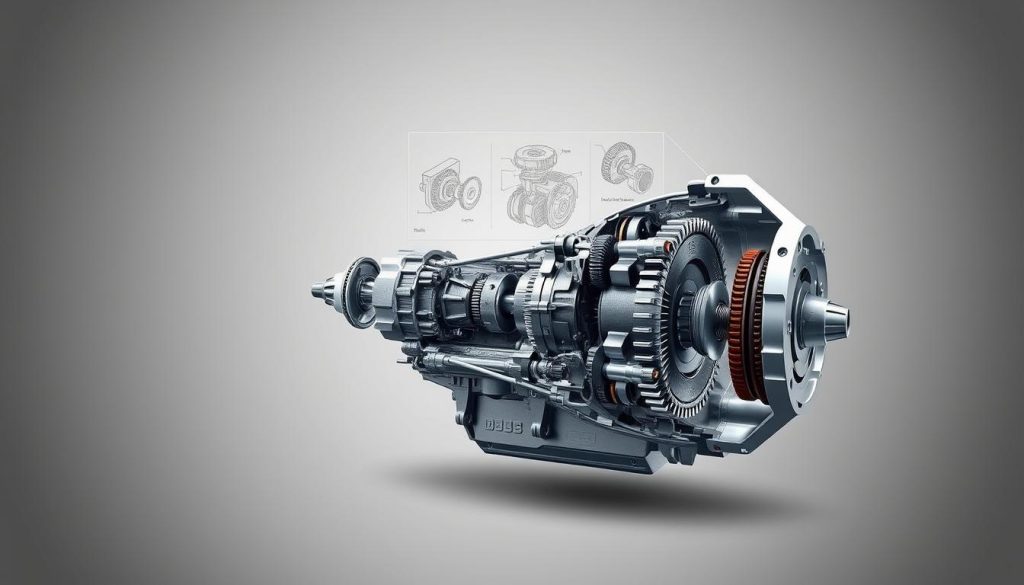
Types of DSG Transmissions (Wet vs. Dry Clutch)
DSG transmissions are categorized into two primary forms: wet clutch and dry clutch. Wet clutch DSGs employ oil to cool the clutches, whereas dry clutch DSGs utilize air cooling. The selection between these variants hinges on the vehicle’s specific needs and application.
Common Vehicles with DSG Transmissions
DSG transmissions are predominantly featured in vehicles from Volkswagen, Audi, and Skoda. These transmissions are favored across a spectrum of models, spanning from compact cars to high-performance vehicles.
Common DSG Transmission Problems and Solutions
DSG transmissions are susceptible to various issues, impacting their performance and reliability. It is imperative to comprehend these problems for accurate diagnosis and repair.
Mechatronic Unit Failures
The mechatronic unit, pivotal in the DSG transmission, manages gear shifting. Its failure can precipitate substantial transmission malfunctions.
Symptoms
Manifestations of mechatronic unit failures encompass erratic shifting, slipping, or inadequate gear engagement. In extreme instances, the transmission may enter limp mode.
Causes
Causes span from software glitches to hardware malfunctions within the mechatronic unit. Explore common DSG transmission issues further.
Solutions
Resolution typically entails software updates or hardware component replacements within the mechatronic unit. In extreme scenarios, the unit’s replacement may be necessary.
Clutch Pack Wear
Clutch pack wear is prevalent in DSG transmissions, notably in those with dry clutch systems.
Symptoms
Indicators include slipping or hesitation during gear shifts, alongside unusual transmission noises.
Causes
Causes encompass normal wear, aggressive driving, or inadequate maintenance.
Solutions
Typical solutions involve clutch pack replacement. Regular maintenance can mitigate premature wear.
Valve Body Issues
The valve body, critical for directing hydraulic fluid to the correct gears, is prone to malfunction issues.
Symptoms
Symptoms include erratic shifting, delayed gear engagement, or slipping.
Causes
Causes frequently stem from contamination or wear within the valve body, impairing its functionality.
Solutions
Solutions may necessitate valve body cleaning or replacement, contingent upon the severity of the damage.
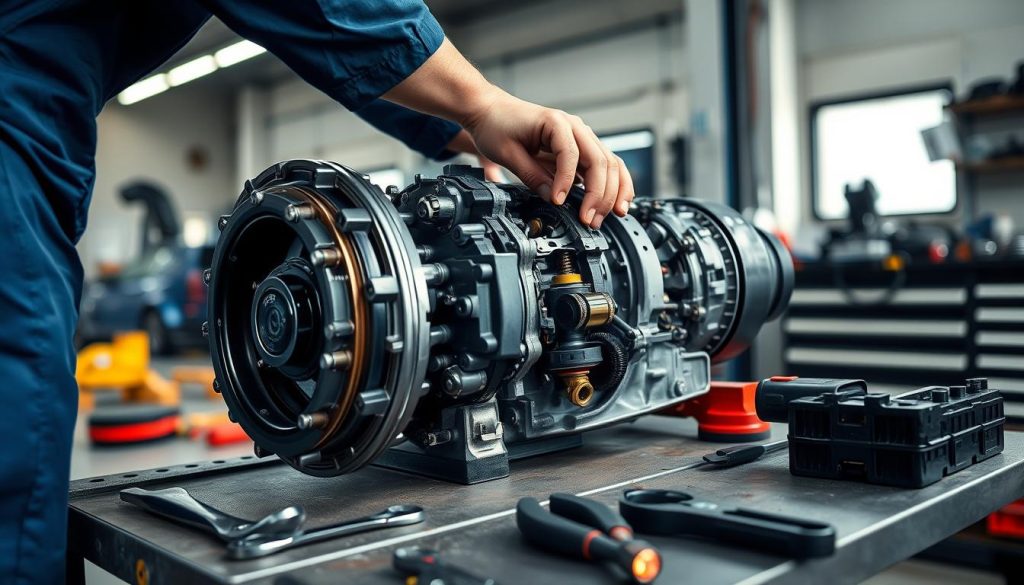
Timely resolution of these common DSG transmission problems is vital to avert further damage and ensure transmission longevity.
Diagnosing DSG Transmission Issues
DSG transmission diagnosis necessitates the identification of warning signs and the employment of specialized diagnostic tools. Timely detection of anomalies can avert further deterioration and the resultant expense of extensive repairs.
Warning Signs of DSG Problems
Early identification of potential DSG transmission issues can avert more severe complications in the future. Common indicators include:
Jerking or Hesitation During Acceleration
A jerking motion or hesitation during acceleration may signify malfunctions within the transmission’s mechatronic unit or clutch pack.
Unusual Noises
Unusual noises, such as grinding or clunking, often indicate wear or failure in the transmission’s components.
Delayed Engagement
Delays in the transmission’s engagement when shifting gears may indicate malfunctions in the mechatronic unit or valve body.
Using Diagnostic Tools
Modern vehicles are equipped with onboard diagnostics accessible via specialized tools. These tools offer crucial insights into the transmission’s performance, facilitating the identification of issues.
Common Error Codes and Their Meanings
Understanding common error codes associated with DSG transmissions is crucial for diagnosis. For example, codes related to the mechatronic unit or clutch pack pinpoint specific areas of concern.
By recognizing warning signs and utilizing diagnostic tools, one can effectively diagnose DSG transmission issues and implement necessary corrective actions.
DIY Fixes for Minor DSG Problems
For the adept DIY enthusiast, certain DSG transmission maladies can be rectified with the appropriate tools and knowledge. Addressing minor afflictions promptly can avert the escalation into more severe problems.
DSG Fluid Change Procedure
One of the most elementary yet efficacious DIY interventions for DSG transmission upkeep is the fluid exchange. Fresh fluid can efficaciously mitigate issues such as slipping or erratic shifting.
Required Tools and Materials
- DSG transmission fluid compatible with your vehicle’s specifications
- Socket set or wrench for draining the fluid
- Funnel for refilling
- Gloves and safety glasses
Step-by-Step Process
- Warm up the engine and transmission by driving the vehicle for a few minutes.
- Locate the transmission fluid drain plug and remove it to drain the old fluid.
- Replace the drain plug and fill the transmission with new fluid.
- Check the fluid level and top off as necessary.
Resetting Adaptation Values
Resetting the adaptation values can sometimes resolve issues related to shifting performance. This process recalibrates the transmission’s computer to its default settings.
| Step | Description |
|---|---|
| 1 | Connect a compatible diagnostic tool to your vehicle’s OBD-II port. |
| 2 | Follow the tool’s instructions to access the transmission control module. |
| 3 | Reset the adaptation values to their default settings. |
When to Seek Professional Help
While DIY fixes can resolve minor issues, more complex problems necessitate professional intervention. Persistent slipping, failure to engage gears, or unusual noises signal the need for a professional mechanic’s expertise.
Professional Repair Options and Costs
Confronting DSG transmission malfunctions necessitates a thorough comprehension of available repair avenues. The financial implications of such repairs are subject to considerable variation, influenced by the complexity of the issue and the service provider’s credentials.
Dealer vs. Independent Shop Repairs
The decision between a dealership and an independent repair facility hinges on several pivotal factors, including financial considerations, warranty provisions, and technical proficiency. Dealerships, while offering specialized expertise and warranty assurances, command a premium price. In contrast, independent shops may present more economical options but exhibit variability in their technical acumen. The disparity in cost and quality between these alternatives is profoundly influenced by the selection made by the consumer.
Mechatronic Unit Replacement
The mechatronic unit, pivotal in the DSG transmission’s functionality, orchestrates gear shifts. Its replacement incurs substantial expenses, with costs fluctuating based on the vehicle’s specifications. For a comprehensive exploration of transmission rebuilding costs, reference materials such as how much to rebuild a 700R4 transmission are invaluable.
Clutch Pack Replacement
Clutch pack deterioration is a prevalent concern within DSG transmissions. Opting for clutch pack replacement emerges as a more economical alternative to a full transmission overhaul. Despite its potential cost-effectiveness, the expense remains considerable, influenced by labor costs and component pricing.
Complete Transmission Replacement
In instances of severe transmission damage, a full replacement becomes imperative. This scenario represents the most expensive repair option but is unavoidable when the transmission’s integrity is compromised.
Warranty Coverage for DSG Issues
Grasping the scope of warranty coverage pertinent to DSG transmission malfunctions is critical. Manufacturers often extend warranty provisions for transmission-related problems, albeit with varying degrees of coverage. It is imperative to scrutinize warranty terms or seek guidance from the dealer to ascertain the extent of coverage.
As a transmission repair specialist astutely observed,
“The pivotal strategy for mitigating DSG transmission repair expenditures lies in the timely identification and resolution of issues.”
This insight underscores the critical role of prompt intervention in averting the escalation of repair costs.
Preventative Maintenance for DSG Transmissions
Preventative maintenance is paramount in prolonging the lifespan of your DSG transmission. Regular inspections and maintenance are imperative to detect potential issues before they escalate into significant problems.
Recommended Service Intervals
Adherence to the recommended service intervals is critical for the upkeep of your DSG transmission. It is advisable to change the transmission fluid every 30,000 to 60,000 miles. For comprehensive information on DSG transmission maintenance, refer to Stedman’s Garage.
Proper Driving Techniques
Driving techniques significantly influence the longevity of your DSG transmission. It is advisable to avoid sudden acceleration and braking to minimize transmission wear.
Extending Your DSG’s Lifespan
To enhance the longevity of your DSG transmission, regular monitoring of its condition is essential. This entails vigilance for any signs of leakage and ensuring that the transmission receives proper servicing.
Performance Upgrades and Their Impact
Performance upgrades can substantially affect your DSG transmission. Enhancing your vehicle’s performance can increase transmission stress, potentially leading to premature wear.
Conclusion
The comprehension of DSG transmission malfunctions and their rectification is paramount for the preservation of your vehicle’s operational efficacy and durability. This discourse has delineated the prevalent afflictions affecting DSG transmissions, encompassing malfunctions of the mechatronic unit, degradation of clutch packs, and anomalies within the valve body.
Accurate diagnosis of DSG transmission maladies necessitates vigilance towards aberrant symptoms, such as anomalous sounds or vibrations, coupled with the employment of diagnostic apparatus to uncover error codes. While certain minor afflictions can be mitigated through self-administered interventions, such as the alteration of DSG fluid or the resetting of adaptation values, more intricate issues necessitate the intervention of a professional.
A comprehensive overview of transmission repair underscores the significance of availing oneself of specialized assistance when confronted with complex challenges. Whether the necessity arises for the substitution of the mechatronic unit, the replacement of clutch packs, or the comprehensive replacement of the transmission, a thorough understanding of available alternatives is indispensable for making judicious decisions. Adherence to recommended service intervals and the adoption of appropriate driving practices can significantly prolong the life of your DSG transmission.
FAQ
What are the most common problems associated with DSG transmissions?
Predominant malfunctions encompass failures of the mechatronic unit, wear in the clutch packs, and issues with the valve body. These often manifest as jerking, hesitation, or unusual noises during operation.
How do I diagnose DSG transmission problems?
To diagnose, one must vigilantly observe symptoms such as jerking or hesitation during acceleration, unusual noises, or delayed engagement. Utilizing diagnostic tools to identify error codes is also essential.
Can I perform DIY fixes for DSG transmission issues?
Minor malfunctions can be rectified through DIY interventions, such as fluid changes or resetting adaptation values. Yet, more intricate problems necessitate professional intervention.
What is the difference between wet and dry clutch DSG transmissions?
Wet clutch DSG transmissions employ oil for both cooling and lubrication, whereas dry clutch DSG transmissions rely on air cooling. This distinction impacts their application and performance.
How often should I service my DSG transmission?
Service intervals are variable, but generally, DSG transmissions necessitate fluid changes and inspections every 30,000 to 60,000 miles, adhering to the manufacturer’s guidelines.
Are DSG transmissions reliable?
DSG transmissions can exhibit reliability when subjected to proper maintenance. Notwithstanding, they are susceptible to specific malfunctions, such as mechatronic unit failures or clutch pack wear, if not serviced correctly.
Can performance upgrades impact my DSG transmission’s lifespan?
Affirmatively, performance enhancements can compromise the longevity of a DSG transmission. Increased stress and heat can precipitate premature wear or failure if not managed judiciously.
What are the costs associated with repairing a DSG transmission?
Repair expenditures are highly variable, ranging from a few hundred dollars for minor repairs, such as fluid changes, to several thousand dollars for comprehensive transmission replacements or mechatronic unit repairs.
Should I repair my DSG transmission at a dealership or an independent shop?
Both dealership and independent shop options present advantages and disadvantages. Dealerships offer warranty coverage and specialized knowledge, whereas independent shops may provide more competitive pricing. It is imperative to select a reputable shop.
